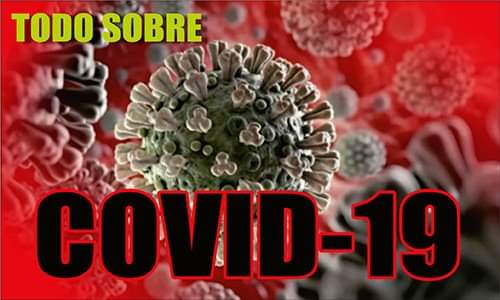
In the rural areas of Las Tunas province, many families raise different animals for their benefit, and in that long relationship are included dogs and cats to protect the environment and face rodent plagues, respectively.
Las Tunas, Cuba.- But there is among them a species of geese - goose - that are kept without a defined purpose. However, some feed them and take care of them for pure pleasure, so that the farm looks beautiful, as is the case of the outstanding Majibacoa producers Jorge and Blas Velázquez Figueredo.
They are not the only ones, because, in all the municipalities of Las Tunas, there are dissimilar stories of the relationship between people and specimens of this species. A good example takes place in the Maniabo basic unit for cooperative production (UBPC), very close to this city.
There, the geese are "owners" of all the spaces because no one dares to touch them. The workers let them wander from one place to another out of love. And intruders do not even approach them out of respect because they are known to be dangerous when they meet strangers.

Onelvis Barrero Hidalgo, a former worker and later president of the UBPC, learned several stories there. Over the years she saw many people quicken their steps in the face of threats from geese, especially the males when their mates were nesting eggs.
"They are excellent protectors of the young, although they mostly breed in the first quarter of the year. In that period the number of females and males must be even because they attack each other strongly in search of a mate."
"Their fights are very intense and can cause the death of a specimen. They happened frequently and sometimes we lost one or two. That was the only way we would eat them in the workers' canteen; or if they had an accident. The others were - are - sacred."
"It's easy to raise them because they keep to themselves. They forage for their food from pasture and plenty of water. Of course, if they are supplemented with feed or protein plants they improve their yields, in case they are used for consumption."
"Some time ago I wanted to do a project with the Indio Hatuey experimental station of pastures and forages. They wanted to establish a quartering in an area of fruit trees to analyze their benefits to the soil and their yields, due to the amount of organic matter they release. In the end, this was not done."
MILEIDY ALSO REIGNS AMONG HER GEESE
 Mileidy Crespo Pérez is known as the queen of flowers. However, she could very well be the queen of the geese, because of the number of specimens she has in her house at Kilometer 6, in the municipality of Amancio, and because of the hours, she dedicates every day to their care.
Mileidy Crespo Pérez is known as the queen of flowers. However, she could very well be the queen of the geese, because of the number of specimens she has in her house at Kilometer 6, in the municipality of Amancio, and because of the hours, she dedicates every day to their care.
In her home, they are loved and protected because they can be food, ornaments, and guardians. She says that when visitors arrive, the geese squawks are heard before the barking of the dogs, and then everyone agrees on how useful they are.
"They lay once a year, although if you take away the first clutch, they repeat laying. They lay 10 to 12 eggs, depending on whether the male is short of food because, if he's skinny or sick, he's discouraged and won't take the females."
"Here you have to take care of them, especially cows and horses. They've been trampled when they were little and they're hopeless. But I try not to let them go to where the big animals are. The ones you enjoy, after three months you don't know them anymore."
"We have eaten them. They have a lot of meat, especially in the breast, which can be made into steaks. It is dry meat, but delicious, and everyone in the house loves it. The hard part about cooking them is peeling them because no matter how much you put them in a bucket of water, they don't get wet."
"My family has them for their beauty, as an ornament on the farm. Although they are also very useful. Everyone says they take better care of the house than dogs. And it's true. At night, if they hear strange noises, they start to sound. And get up, there's bound to be something."
The raising of geese is a deep-rooted tradition in the rural areas of Las Tunas that is preserved and even multiplies these days. Their owners identify them with names and teach them to respect the family while taking advantage of their ability to alert the presence of strangers.





